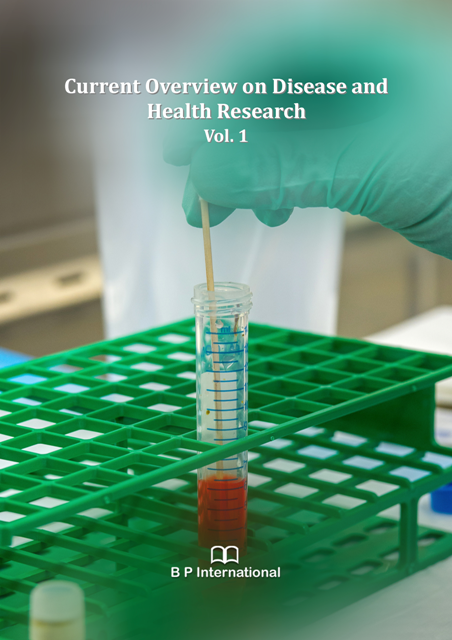A Case Report on Tuberculosis of Shoulder Joint
Current Overview on Disease and Health Research Vol. 1,
24 June 2022,
Page 1-5
https://doi.org/10.9734/bpi/codhr/v1/16228D
The present case report discuss about Caries sicca, tuberculosis of glenohumeral joint. In India, tuberculosis is very common. Shoulder TB, albeit uncommon among skeletal tuberculosis, should be considered while diagnosing and treating Caries Sicca patients. A twenty-year-old woman reported with non-traumatic pain in her right shoulder and severe shoulder Range of Movement (ROM) restriction that was not responding to treatment. Caries Sicca was discovered after a thorough examination. Excellent results can be achieved with thorough debridement, adequate immobilization, and Anti Tubercular Treatment (ATT). Carries Sicca patients require a high level of suspicion to be diagnosed. Early detection and treatment yield fantastic results. In our case thorough debridement and immobilization was advised for 8 weeks along with ATT. After 8 weeks gentle active movements were started. Six months after the treatment there were no symptoms and fairly good ROM.
